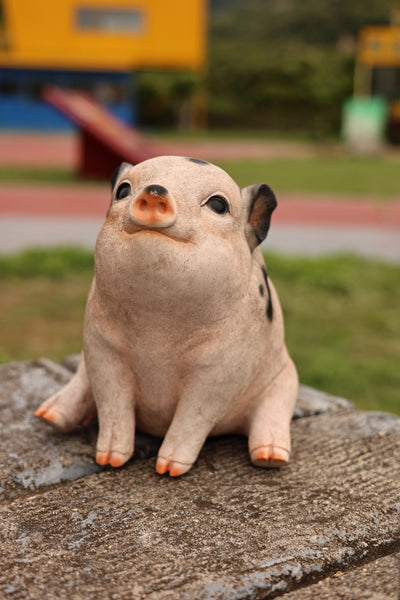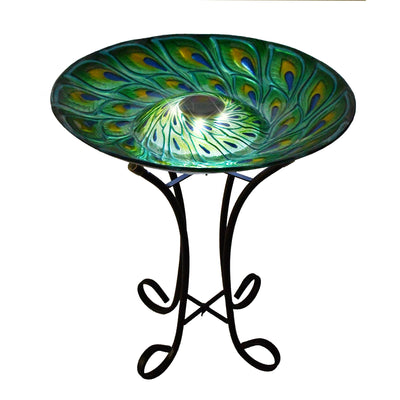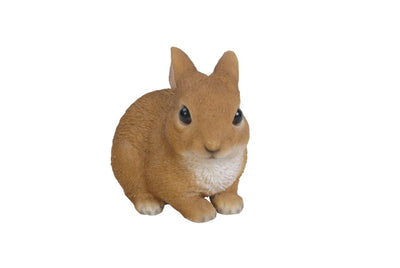Attracting Summer Wildlife: How to Create a Pollinator- and Bird-Friendly Fountain Zone
Summer is a wonderful time to connect with nature right in your own garden or patio. By thoughtfully designing a fountain zone that welcomes birds, bees, butterflies, and other pollinators, you can enhance your outdoor space’s beauty while supporting local wildlife. Creating a pollinator- and bird-friendly fountain zone not only adds life and movement to your garden but also helps maintain a healthy ecosystem during the crucial summer months.
In this post, we’ll explore practical tips and considerations to attract wildlife with your garden fountain, helping you build a refreshing, lively summer sanctuary.

Product in Picture: Outdoor Metal Cups Fountain with Rusty Top and Black Basin
Why Create a Wildlife-Friendly Fountain Zone?
Fountains offer a vital water source for many species, especially during hot and dry summers when natural water can be scarce. Birds rely on fresh water to drink and bathe, while pollinators like bees and butterflies need shallow, clean water for hydration. By designing your fountain zone with wildlife in mind, you can make your garden a haven for these beneficial creatures that in turn support the health of your plants and flowers.
Moreover, adding natural elements encourages biodiversity, promotes pollination, and offers hours of enjoyment watching wildlife in action.
Tips for Designing a Pollinator- and Bird-Friendly Fountain Zone
Start by selecting a fountain with features that cater to wildlife needs. A tiered fountain or one with shallow basins allows easy access for small birds and insects to land and drink safely. Avoid deep, steep-sided fountains that can pose risks for smaller creatures.
Use materials that retain cool water temperatures, like natural stone or ceramic, helping keep the water refreshing even in summer heat. Position your fountain in a quiet, shaded area to encourage visits without disturbance.
Surround the fountain with native plants rich in nectar, such as coneflowers, bee balm, lavender, and milkweed, which attract a variety of pollinators. Adding flowering shrubs and trees provides shelter and additional food sources for birds.

Incorporate flat stones or pebbles near the water’s edge to create landing spots for bees and butterflies. These natural “stepping stones” make it easier for insects to access water without risk of drowning.
Keep the water clean and fresh by regularly changing it and cleaning the basin. Stagnant water can attract mosquitoes and harmful bacteria, which discourage wildlife visits.
Enhancing Your Fountain Zone for Summer Wildlife
Consider adding other inviting elements like bird feeders, butterfly houses, or hummingbird feeders nearby to create a multi-functional wildlife zone. Incorporate solar garden lights to highlight your fountain area at dusk, making it visible to nocturnal visitors such as moths and bats.
Avoid chemical pesticides and herbicides in the surrounding garden area to protect the delicate pollinators and birds you want to attract.
Why Wildlife-Friendly Fountains Matter
By providing water and habitat support, you help sustain local wildlife populations that are vital for pollination and environmental balance. Gardens that attract pollinators tend to have healthier plants, bigger blooms, and better yields if you grow fruits or vegetables.
Creating a bird- and pollinator-friendly fountain zone transforms your outdoor space into an oasis of summer activity, where natural beauty and garden décor meet.

At Hilinegift.com, you can find elegant garden fountains designed to complement wildlife-friendly outdoor spaces. Choose pieces that not only beautify your garden but also support the natural rhythm of summer life.




















Leave a comment